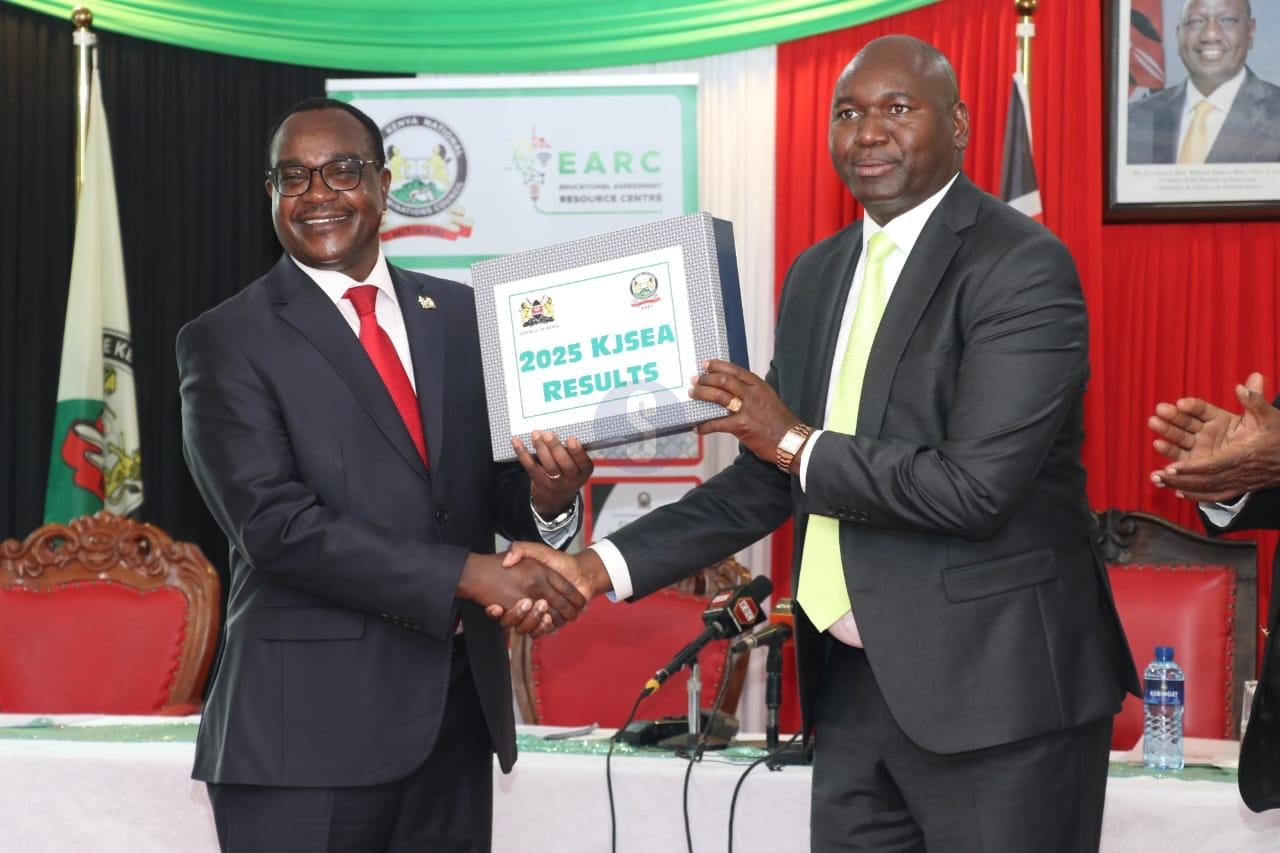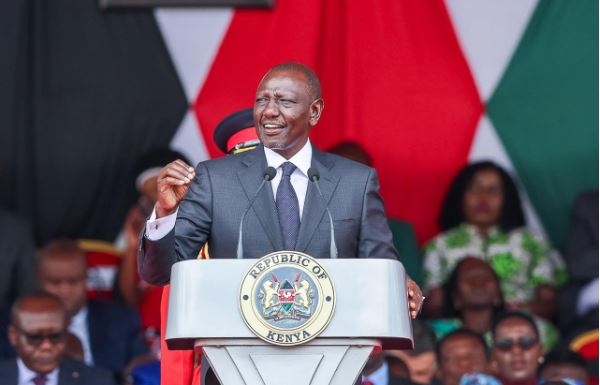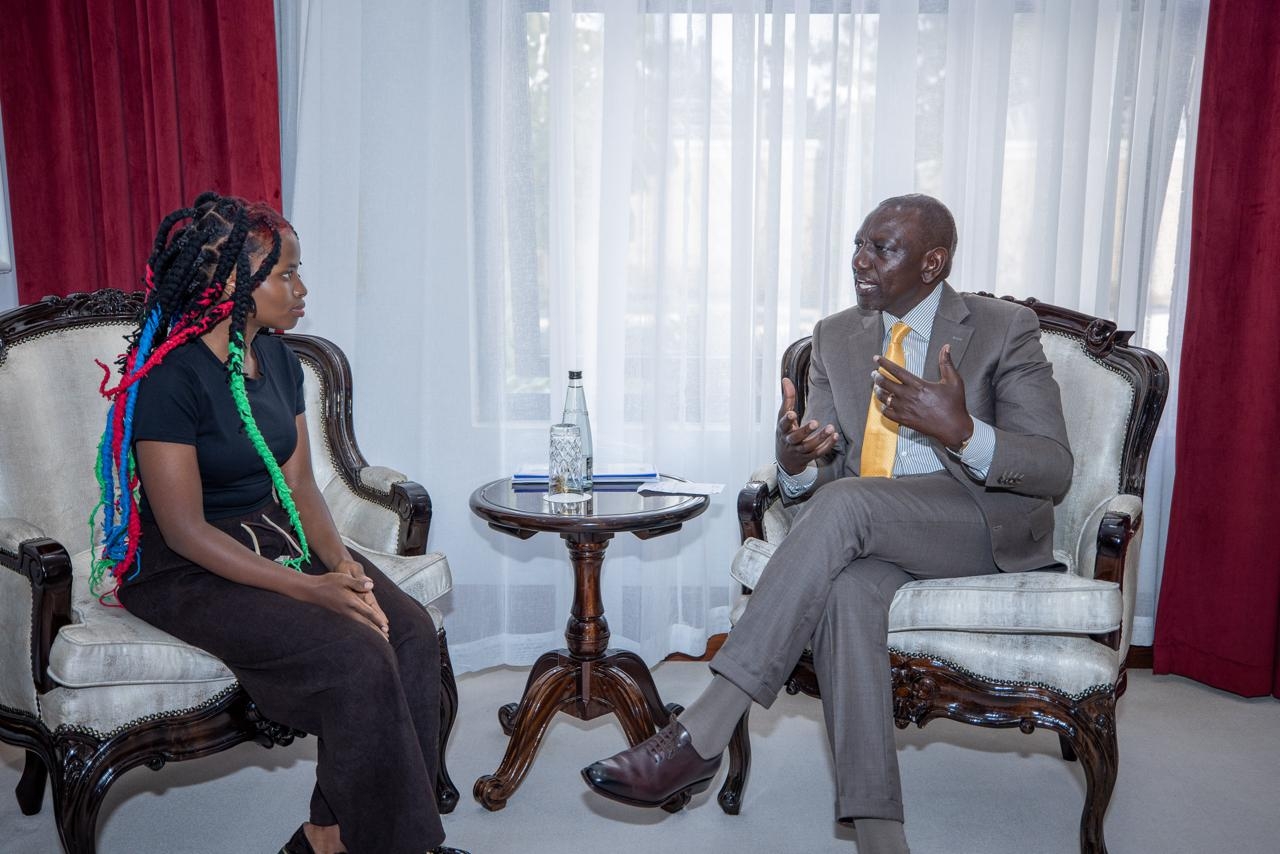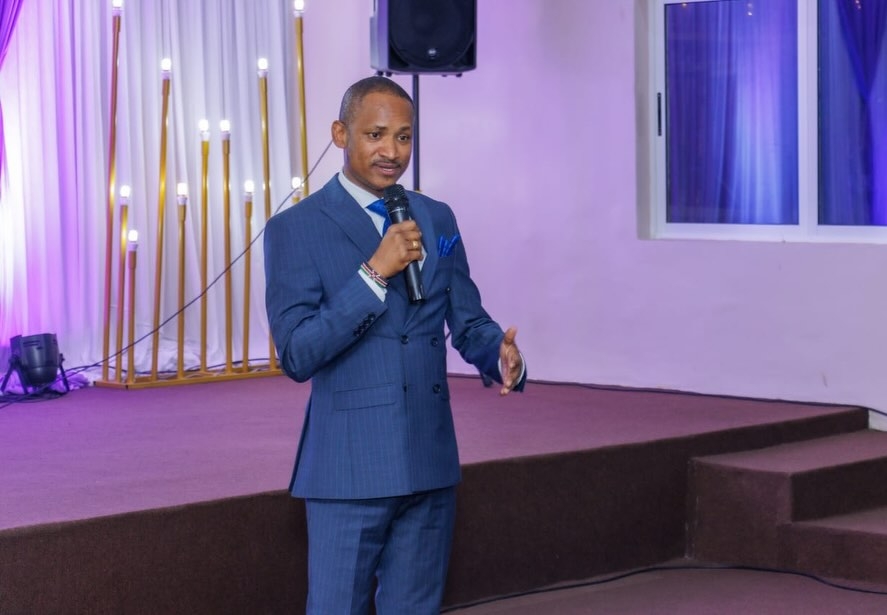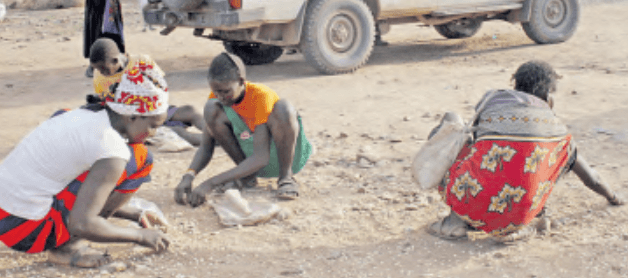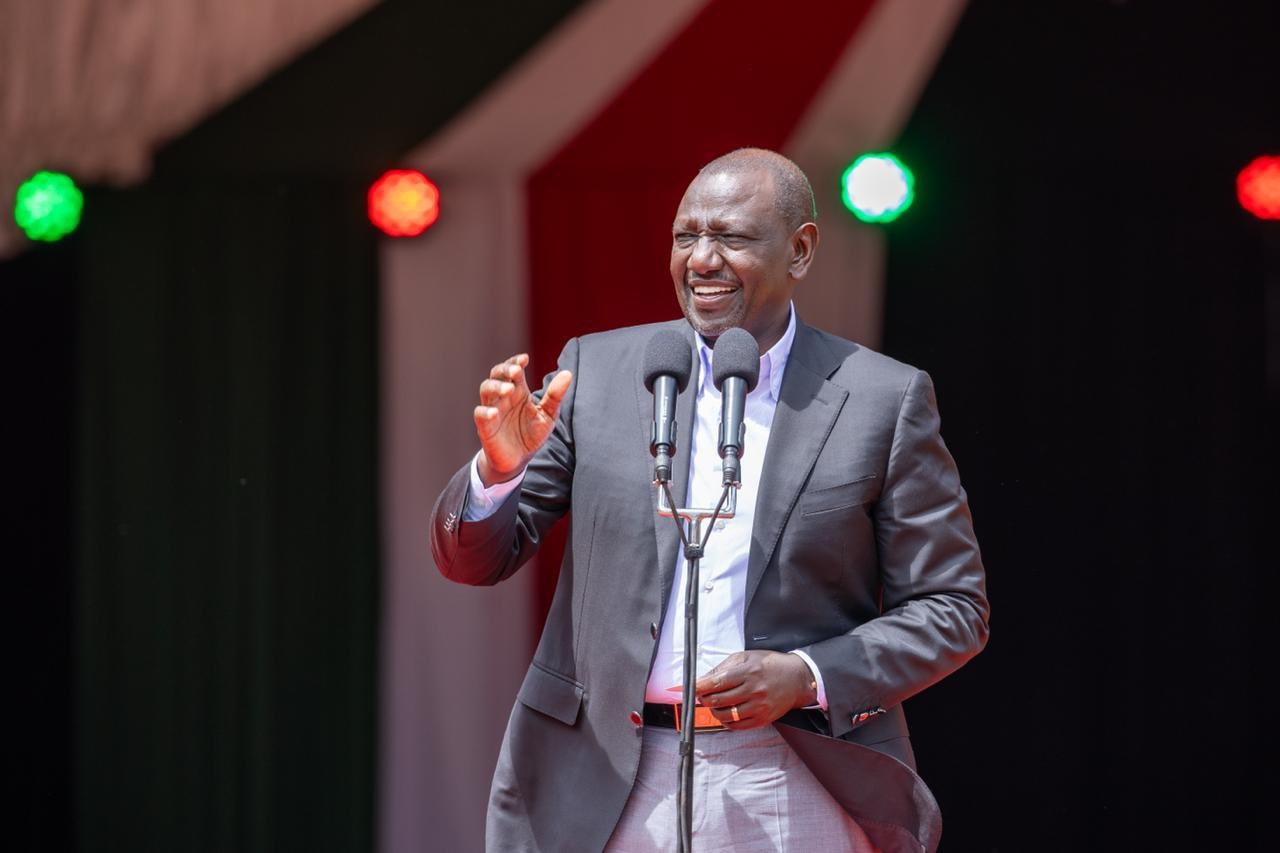![[PHOTOS] Muslim faithful gather to mark Eid al-Adha](/_next/image?url=https%3A%2F%2Fcdn.radioafrica.digital%2Fimage%2F2025%2F06%2F416cea77-de2e-4094-b7fa-dbc3cb901d5f.jpg&w=3840&q=100)
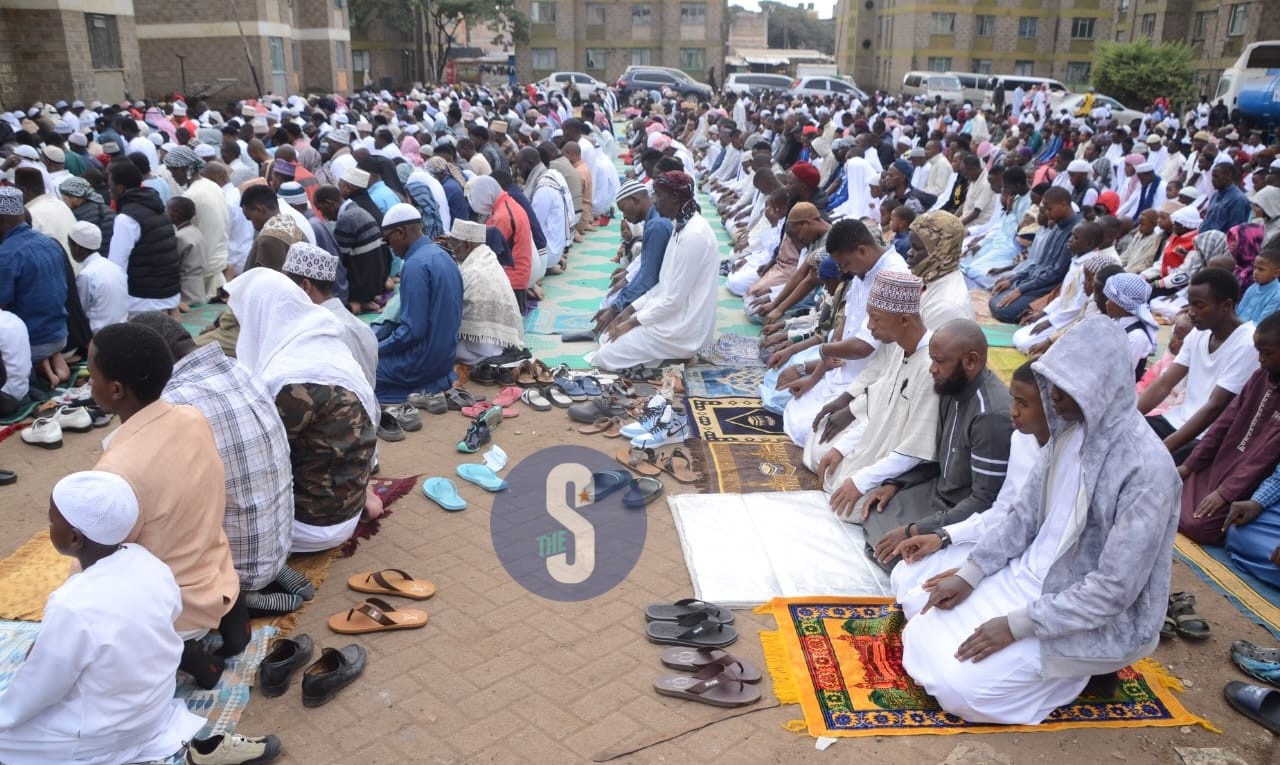 Muslims faithful gather for prayers at San Siro grounds in Majengo, Pumwani to mark Eid al-Adha, the prayers were led by Sheikh Abu Najma, June 6, 2025. /DOUGLAS OKIDDY
Muslims faithful gather for prayers at San Siro grounds in Majengo, Pumwani to mark Eid al-Adha, the prayers were led by Sheikh Abu Najma, June 6, 2025. /DOUGLAS OKIDDY
Eid al-Adha, known locally in Kenya as Idd-ul-Adha, is one of the most sacred occasions on the Islamic calendar.
Celebrated by Muslims across the country and around the world, it honours the devotion of Prophet Ibrahim (Abraham) who was prepared to sacrifice his son in obedience to God’s command.
Before he could carry out the act, God provided a ram to be offered in place of the child.
This day, marked on the 10th day of Dhul Hijjah—the final month of the Islamic lunar calendar—coincides with the conclusion of the Hajj pilgrimage in Mecca.
While only a small number of Kenyan Muslims travel to Saudi Arabia for Hajj due to cost and logistics, the spiritual connection remains deeply felt by those observing Eid at home.
The celebration begins with a special congregational prayer, usually held in open grounds or mosques in towns and rural areas alike.
In places such as Nairobi’s Eastleigh, Mombasa’s Old Town, or Garissa, thousands gather at dawn dressed in their finest clothes, often in white or traditional attire.
The prayer is followed by a sermon that reflects on obedience, sacrifice, and compassion.
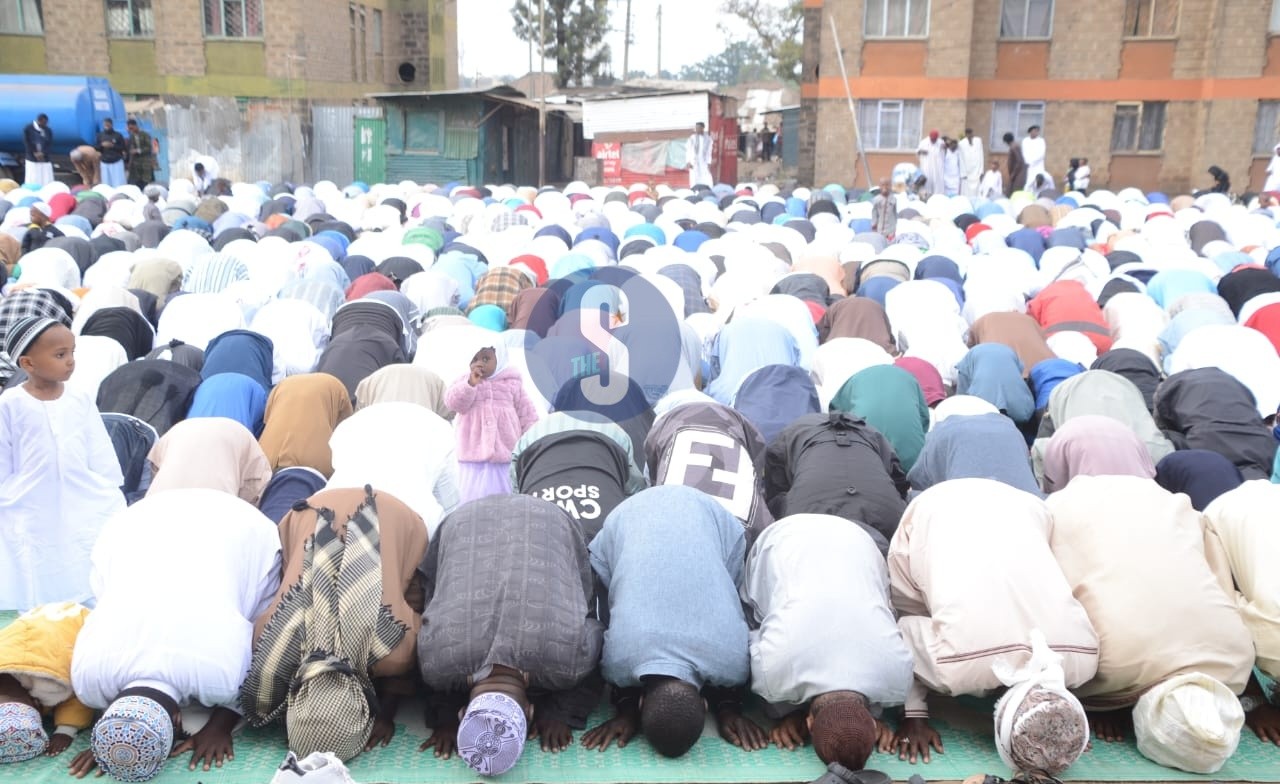 Muslims faithful gather for prayers at San Siro grounds in Majengo, Pumwani to mark Eid al-Adha, the prayers were led by Sheikh Abu Najma, June 6, 2025. /DOUGLAS OKIDDY
Muslims faithful gather for prayers at San Siro grounds in Majengo, Pumwani to mark Eid al-Adha, the prayers were led by Sheikh Abu Najma, June 6, 2025. /DOUGLAS OKIDDY
One of the key rituals of Eid al-Adha is the symbolic sacrifice of a livestock animal—typically a goat, sheep, or cow.
The act reflects Prophet Ibrahim’s readiness to give up what was most precious to him.
The meat is divided into three parts: a share for the household, another for relatives and friends, and the rest given to those in need.
In many Kenyan communities, this part of the celebration brings people together in a spirit of sharing.
It also ensures that families who may not afford meat regularly are included in the festivities.
Beyond the spiritual practices, Eid al-Adha is a time for joy and togetherness.
In Kenya, families often prepare hearty meals such as pilau, biriani, grilled meats, chapatis, and an array of sweet treats like kaimatis and mandazi.
These dishes are enjoyed with relatives, neighbours, and visitors throughout the day.
In coastal towns, where Islamic culture is deeply rooted, the celebration spills into the streets with vibrant decorations, community meals, and visits from house to house.
Children often dress up and receive small gifts or money as tokens of celebration.
Eid also provides an opportunity for people to travel home to their rural areas or home counties, much like during other major holidays, to be with extended family.
 Muslims faithful gather for prayers at San Siro grounds in Majengo, Pumwani to mark Eid al-Adha, the prayers were led by Sheikh Abu Najma, June 6, 2025. /DOUGLAS OKIDDY
Muslims faithful gather for prayers at San Siro grounds in Majengo, Pumwani to mark Eid al-Adha, the prayers were led by Sheikh Abu Najma, June 6, 2025. /DOUGLAS OKIDDY
Central to Eid al-Adha is the emphasis on giving.
Beyond the distribution of meat, many Muslims in Kenya contribute to community projects, donate food packages, and support orphans and widows during this time.
Local mosques and Islamic organisations often organise drives to support those who are struggling.
This spirit of generosity strengthens community ties and reflects the broader Islamic teaching that one’s faith must translate into action and concern for others.
Although Muslims form a minority in Kenya, Eid al-Adha is a public holiday, allowing space for everyone to observe the day with dignity and freedom.
In urban areas such as Nairobi, Mombasa, Kisumu, and Wajir, the day is recognised not only by Muslim communities but by neighbours of all backgrounds.
Kenya’s diversity allows for an enriching experience where different cultures acknowledge each other’s traditions.
For Muslims, Eid al-Adha is not just about prayer and sacrifice, but also about promoting understanding and peace in the broader society.



